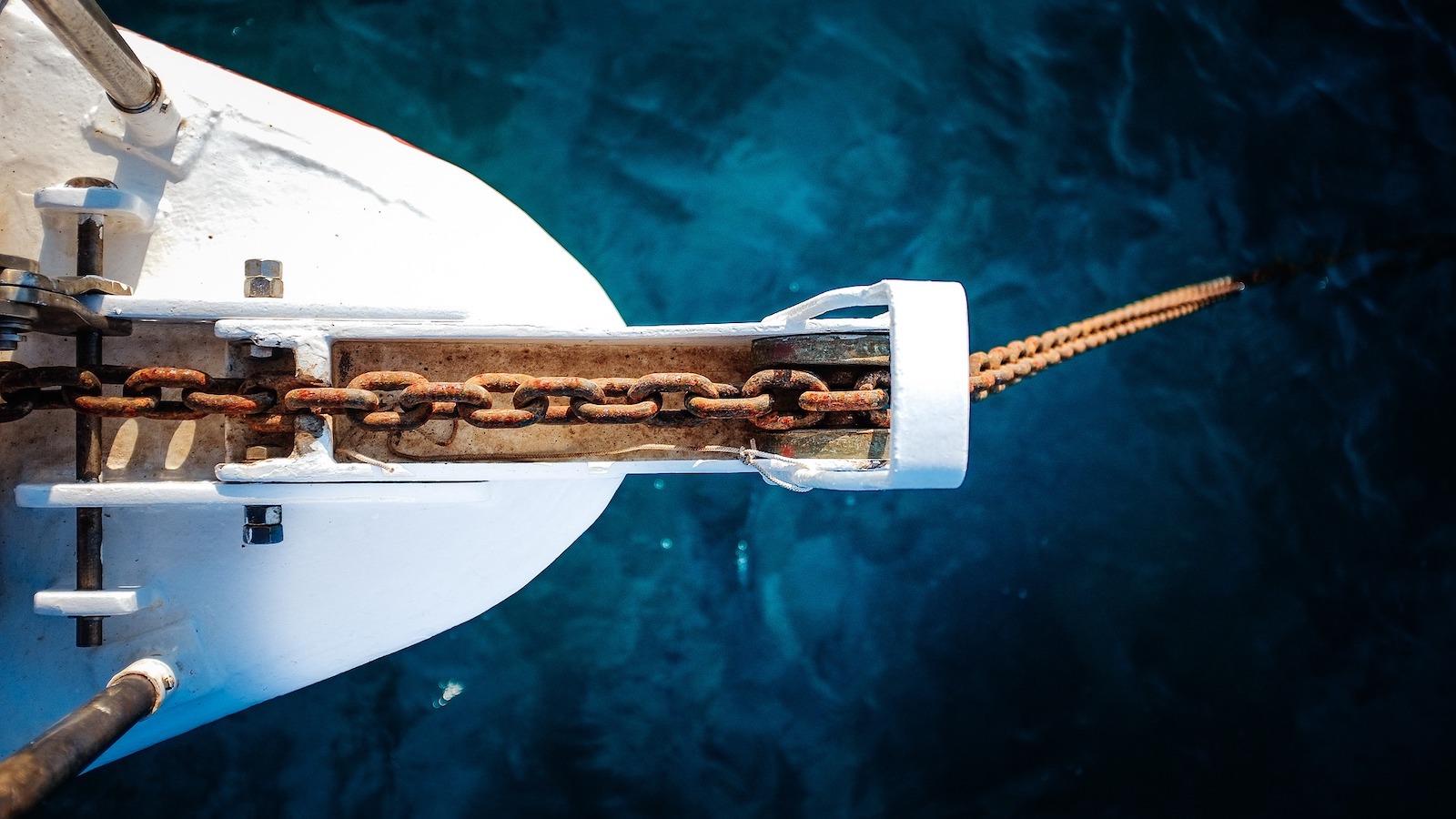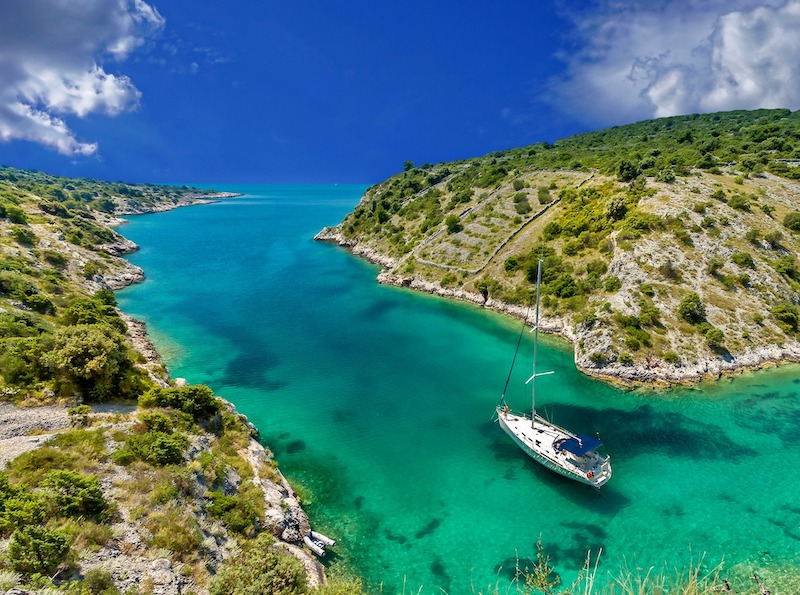Sustainable Mooring
Who loves the sea more than boaters? Sailing is not just any hobby. Purchasing, managing and
more than anyone else about the protection of the marine ecosystem, minimizing their own
impact. Certainly there are many ways to navigate in a manner respectful of the environment: we speak
of precautions when refueling, using eco-sustainable products for
cleaning the boat, preferring sailing or setting a moderate
cruising speed, fully respecting marine protected areas, and so on. Certainly
some actions are easier than others: it doesn’t take much effort to avoid throwing
cigarette butts or empty bottles into the water, whereas careful attention is needed
when performing a sustainable mooring at anchorage, avoiding destroying the seabed. And indeed there are
protecting the marine seabed is so important, and how to perform moorings sustainably
even when far from your berth in port.
Why Posidonia is so Important
Performing a sustainable mooring in a marina like ours presents no
difficulty: the structure is specifically designed to guarantee simple mooring, safe and
perfectly respectful of the environment. This is not the case when mooring at anchorage. There we are in the
middle of nature, without devices or elements made available to us to
secure the boat. Anchoring carelessly at anchorage can therefore have disastrous effects
We’re talking about a plant that produces leaves, fruits and flowers up to 40 meters deep, and which has a
fundamental role for the health of the seas and the planet: posidonia absorbs large quantities
of carbon dioxide, releasing significant amounts of oxygen. It is estimated that one square meter of
this vegetation can produce about 15 liters of oxygen per day, much more for
example than what is produced by tropical forests, considered the lungs of the planet.
And that’s not all, as posidonia, with its long leaves and roots, prevents erosion
of the seabed and coasts, and reduces wave action: in other words, it is our ally
against storms.
It should also be emphasized that posidonia is not the only plant we should avoid touching with our
anchors. It is good to also respect mangrove forests, important growth areas for fish species. And it would be good to avoid touching algae from the Caulerpa family as well,
accidentally pulling some tufts out of the water with the anchor, should
remember to bring them ashore and dispose of them in a bin, without throwing them back into the waves.
But how then to moor sustainably at anchorage?
How to Anchor at Anchorage without Causing Damage
The first commandment for mooring sustainably is therefore to avoid dropping
the anchor over posidonia meadows. Also because it has been estimated that for each mooring you end up
Rocky seabeds should also be avoided when possible. For several reasons. First of all,
good diving skills can have serious problems freeing the anchor. Secondly, it must be said that
rocky seabeds very often host great biodiversity, made up of different species of flora and
fauna: placing the anchor in these habitats essentially means destroying their home.
It is therefore understood that the best seabed on which to drop the anchor while respecting the environment – and to
have secure anchoring – is that consisting of sand, preferring good plow anchors,
capable of offering stable holding. To find the right spot, sandy and
large enough to accommodate both the anchor and the chain, it is good to rely on direct
observation, possibly using a depth sounder in case the water is not particularly
clear.
There is no doubt: mooring at anchorage is always beautiful, but it is necessary to do it the right way, with
all due care. And obviously our marina in Genoa is always available
for easy, safe and sustainable mooring: you just need to book your berth!



